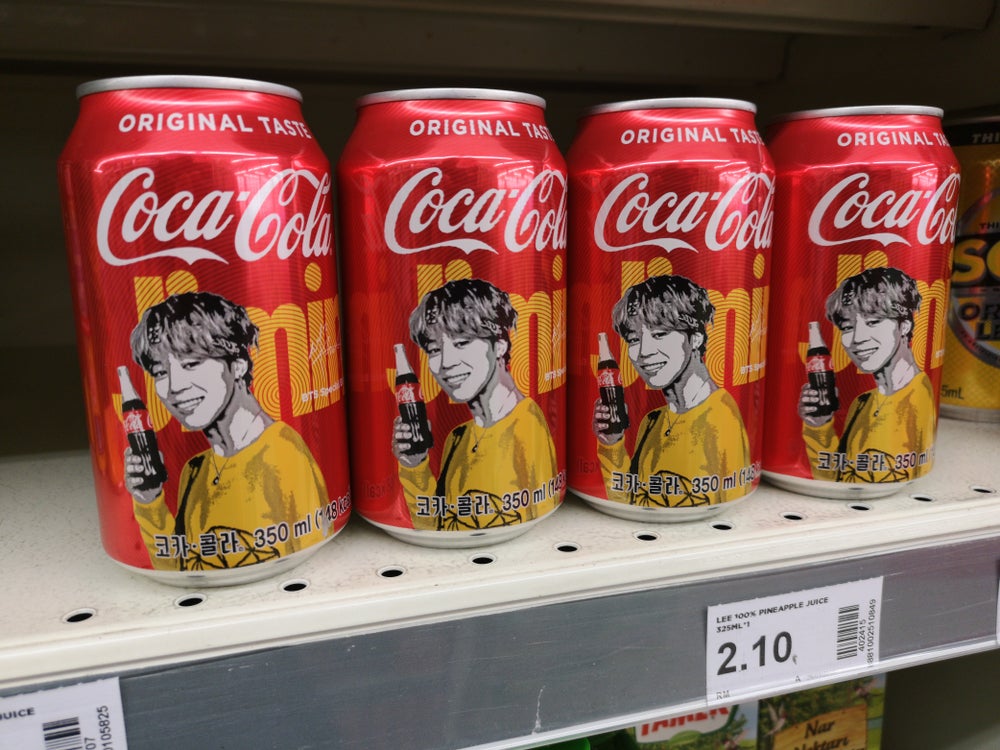One month it’s Easter baskets and kid videos, the next it’s backyard barbecue gear and paper plates. “Seasonal” is the top-selling product category for some drug stores, second only to prescription drugs. Seasonal candy alone hit nearly $1.5 billion across food, mass and drug stores for 52 weeks ended Dec. 26, per Information Resources, Inc. Add in paper goods, greeting cards and a wide array of general merchandise, and the tally mounts to a healthy portion of drug stores’ non-Rx retail sales — which totaled $163.9 billion in 2003, the most recent year available, according to the National Association of Chain Drug Stores. (Prescription sales totaled $203 billion for 2003, per NACDS.)
Drug stores are more aggressive at merchandising and promoting seasonal goods than grocers or mass-merchandisers. Their Seasonal aisle is a year-round solutions-selling format — the kind of merchandising format that grocers have eyed for years.
One reason drug stores do Seasonal better is size: Chain drug stores are large enough to dedicate entire aisles to seasonal goods, rather than squeezing in extra displays for holidays.
Another reason is staffing: Buyers are assigned by season, not by product category. So they think differently about candy than, say, the candy buyer at a supermarket who governs his department year-round and feels especially proprietary about Halloween and Easter. Grocery buyers have to collaborate across categories (and share territory). Drug stores’ seasonal buyers handle all product categories, and merchandise them together. That perspective more closely mirrors shoppers’ approach to the aisle.
“It’s ironic that the drug store buyers who handle the category less frequently are often better at merchandising it than the supermarket buyers who handle it all the time,” says David Diamond, president of New York City-based marketing consultancy David Diamond & Associates.
“Seasonal” sounds like a miscellaneous, catch-all segment, but buyers treat it seriously. “It’s not haphazard; it’s as planogrammed and organized as anything else any retailer does,” Diamond says.
The promotional calendar is precise: Valentine’s Day (Jan. 1-Feb. 14), Easter (Feb. 15-March 27, this year), early summer (up to Memorial Day), summer (through July), back to school (Aug. 1-Sept. 15), Halloween (Sept. 15-Oct. 31), early holiday (through Thanksgiving) and holiday (through New Year’s).
“The seasonal business is a key component of trip-capture strategy for drug stores,” says Linda Ward, a retail analyst with Management Ventures, Inc., Boston. Drug stores need to drive traffic: Shopper trips are down to an average 15 trips in 2004 from nearly 17 in 2001 (and compared to 66 trips for supermarkets and 21.5 for mass merchandise in 2004, per IRI data).
Part of the push is circular ad support: Seasonal items are among the top 10 most-advertised categories in drug store circulars, Ward says.
Demand for holiday-themed items, with special packaging, sizes or price points, is on the rise, says Tina Manikas, exec VP-agency director of promotional marketing at Draft, Chicago. “The season is the promotion. It’s a themed event,” with disparate items bundled under that theme.
Manufacturers who want to capitalize on drug stores’ expertise in seasonal sales need to tailor planning, packaging and forecasting. Seasonal marketing generally has longer lead times than traditional promotional windows, Ward says.
Drug stores like special packages at appropriate price points — a chocolate Easter Bunny for $2, for example — to cater to shoppers’ seasonal impulses. Some retailers require special markings on case packs to distinguish holiday-themed products from standard stock, “especially since the back rooms here are fairly small and the merchandise is time sensitive,” Ward says.
She also advises marketers to forecast carefully and craft a good exit strategy for “getting out of the merchandise once the season is over.”
Because then, of course, it’s time for the next season.
TRIP UP Traffic Zooms for Supercenters
Shoppers are stopping by the supermarket less and supercenters more. Consumers averaged 69 trips to the supermarket last year, down from 92 trips in 1995, according to ACNielsen’s annual Channel Blurring report.
“Consumers are shifting their trips to formats where they can either save more money or accomplish more of their shopping in one trip,” says Todd Hale, ACNielsen U.S. senior VP-consumer insights.
Supercenters are diverting the most supermarket traffic, with 27 trips on average in 2004 vs. 18 in 2001.
More shoppers are adding dollar stores to their route, with household penetration up to 67% (from 59% in 2001), thanks mostly to rapid expansion.
Several supermarket chains are experimenting with new store formats, while others tailor merchandising and marketing to local shoppers.
| Household penetration % | Trips per year | |||||||
|---|---|---|---|---|---|---|---|---|
| CHANNEL | 2001 | 2002 | 2003 | 2004 | 2001 | 2002 | 2003 | 2004 |
| Grocery | 100 | 100 | 100 | 90 | 75 | 73 | 72 | 69 |
| Mass merchandise | 93 | 91 | 91 | 89 | 23 | 22 | 21 | 20 |
| Drug | 86 | 86 | 85 | 84 | 15 | 15 | 15 | 15 |
| Supercenter | 53 | 55 | 54 | 54 | 18 | 21 | 25 | 27 |
| Dollar | 59 | 62 | 66 | 67 | 11 | 12 | 13 | 13 |
| Warehouse | 50 | 52 | 51 | 51 | 10 | 10 | 11 | 11 |
| Convenience/gas | 45 | 46 | 45 | 44 | 15 | 14 | 15 | 15 |
Promos Boost Drug Store Sales
POPAI study shows average 10% jump
Promotion coupled with in-store ads boosts brands’ drug store sales an average 10.5%. That’s five times the lift of in-store ads alone, which increased sales an average 2.8%.
Yet marketers run in-store ads and promos in only half of chain drug stores — leaving lots of room for incremental sales.
Point of Purchase Advertising International tracked the effectiveness of in-store advertising and promotion for its Measuring At-Retail Advertising in Chain Drug Stores report. The study audited P-O-P and promotional offers in four drug chains (a total of 127 stores in 12 markets) for 38 brands across nine product categories. Twelve brands got a 20%-plus bump in sales. Food and beverage brands fared best, increasing sales 9% to 24%.
Seventy percent of drug store P-O-P triggers at least some incremental sales; that’s better than c-stores (57%) and supermarkets (44%), both subjects of earlier POPAI studies.
The promotional tactic that worked best was rebates/sweepstakes: All of the brands that ran a rebate or sweeps during the study got a sales bump, averaging 13%. Next best was brand education (incremental sales for 91% of brands), category education (88% of brands) and buy-one-get-one offers (85% of brands).
— Betsy Spethmann
| CATEGORY | In-store ads | …with promotion |
|---|---|---|
| Candy* | 9.4% | 29.8% |
| Gum | 9.8 | 20.4 |
| Salty snacks | 4.8 | 19.5 |
| Carbonated drinks | 2.9 | 6.1 |
| Teeth whiteners | 3.0 | 9.1 |
| Face care | 1.6 | 7.8 |
| Milk | 0.6 | 8.4 |
| Vitamins | 1.6 | 6.7 |
| OTC remedies | 0.9 | 3.4 |
| SOURCE: Point of Purchase Advertising International * excluding chocolate |
||



